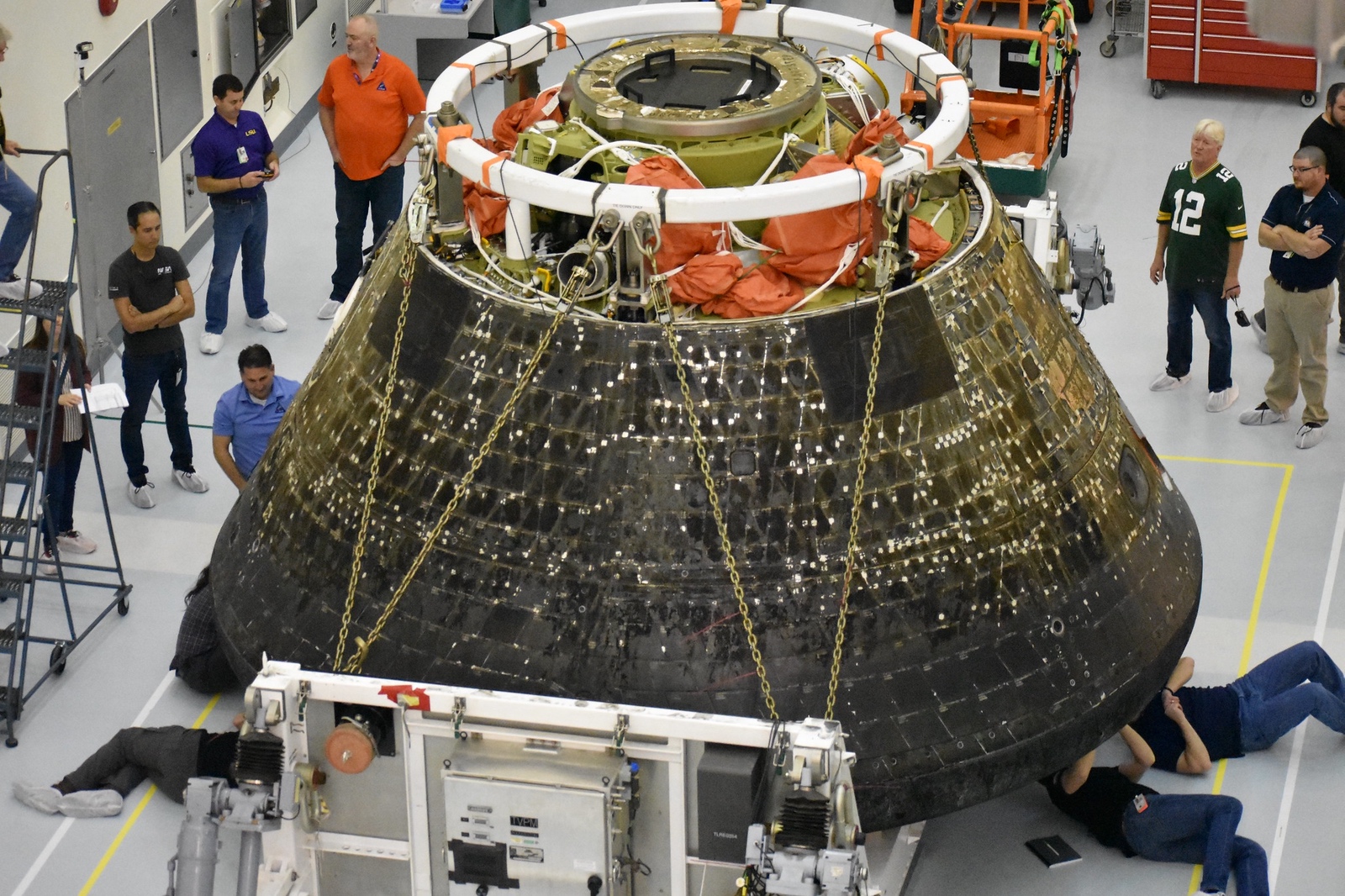In the months after Artemis 1, which splashed down last December after three and a half weeks in cislunar space, NASA managers said that they noted more erosion of the material on the heat shield than expected during reentry. They emphasized at the time that the erosion did not jeopardize the spacecraft because the heat shield still had a “significant amount of margin” of the ablative material, known as Avcoat.
NASA and its contractors are continuing to process the various elements of the Artemis 2 mission, including Orion, to keep the mission on track for a launch in late 2024. “We’re still pressing forward with the hardware because we don’t see a reason to stop right now,” Free said. “If we find a reason to stop, we will stop.”
“There is continued processing of the vehicle for Artemis 2, but we’re just doing that to try to manage schedule,” Hawkins said. “If we do need to go back, if we do need to undo things up to and including replacing heat shield components, we are entirely open to that.”
Neither Free nor Hawkins said what impact there would be on the schedule for Artemis 2 if the Orion heat shield needs to be modified or replaced. Hawkins said that other elements of the mission, including the Space Launch System rocket and ground systems, were on track with SLS in particular having “great margin” on its schedule.
deleted by creator


